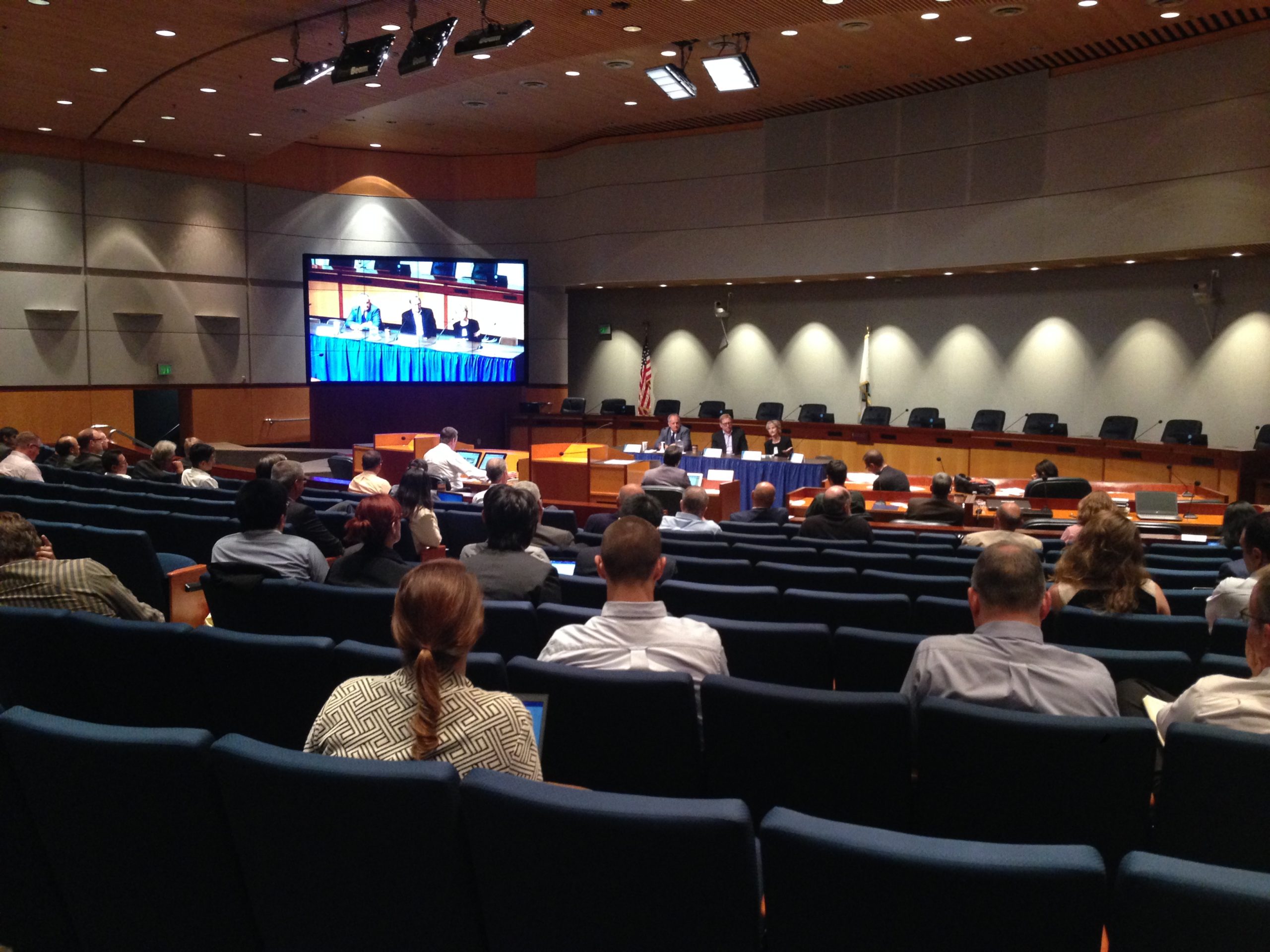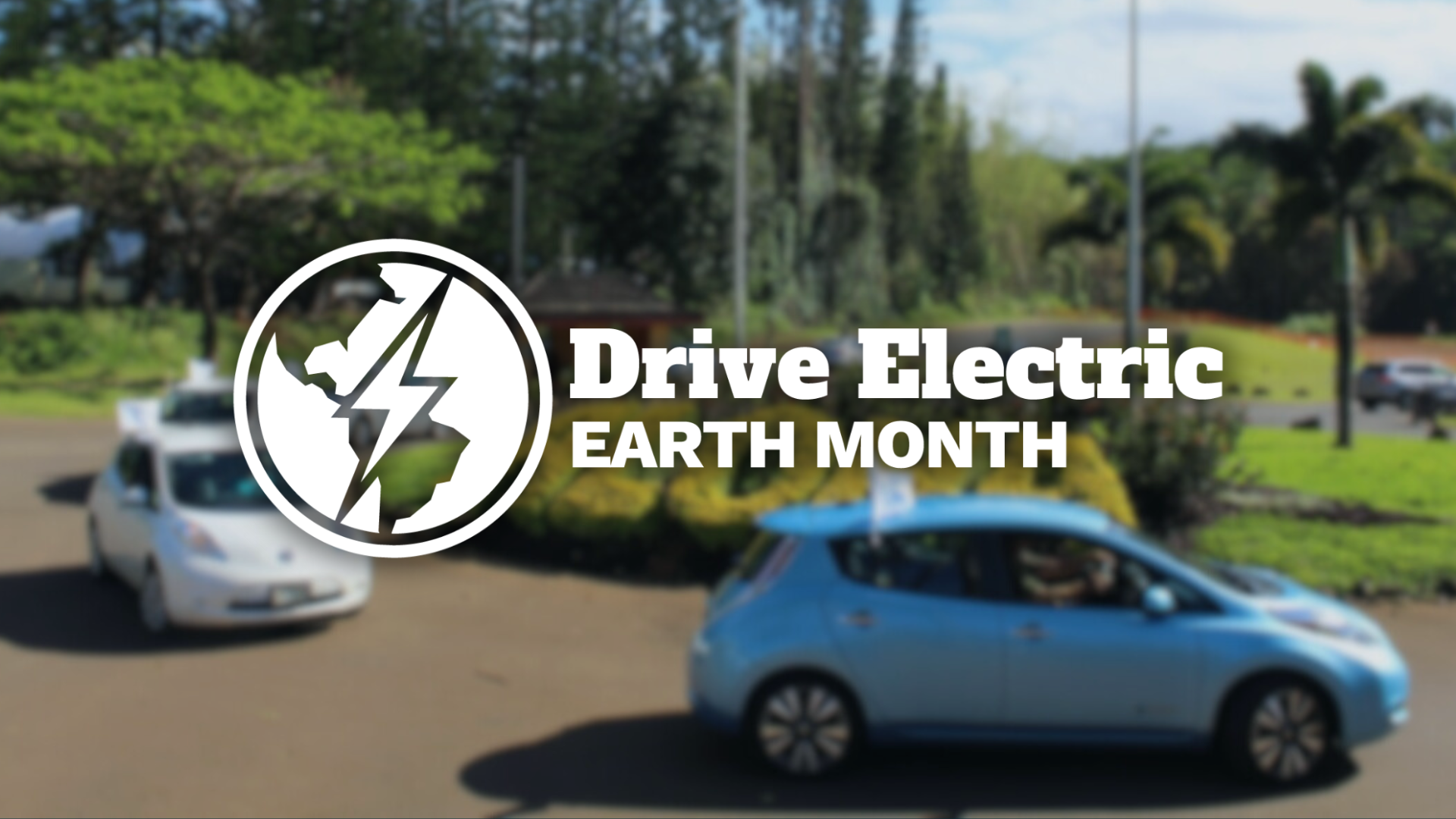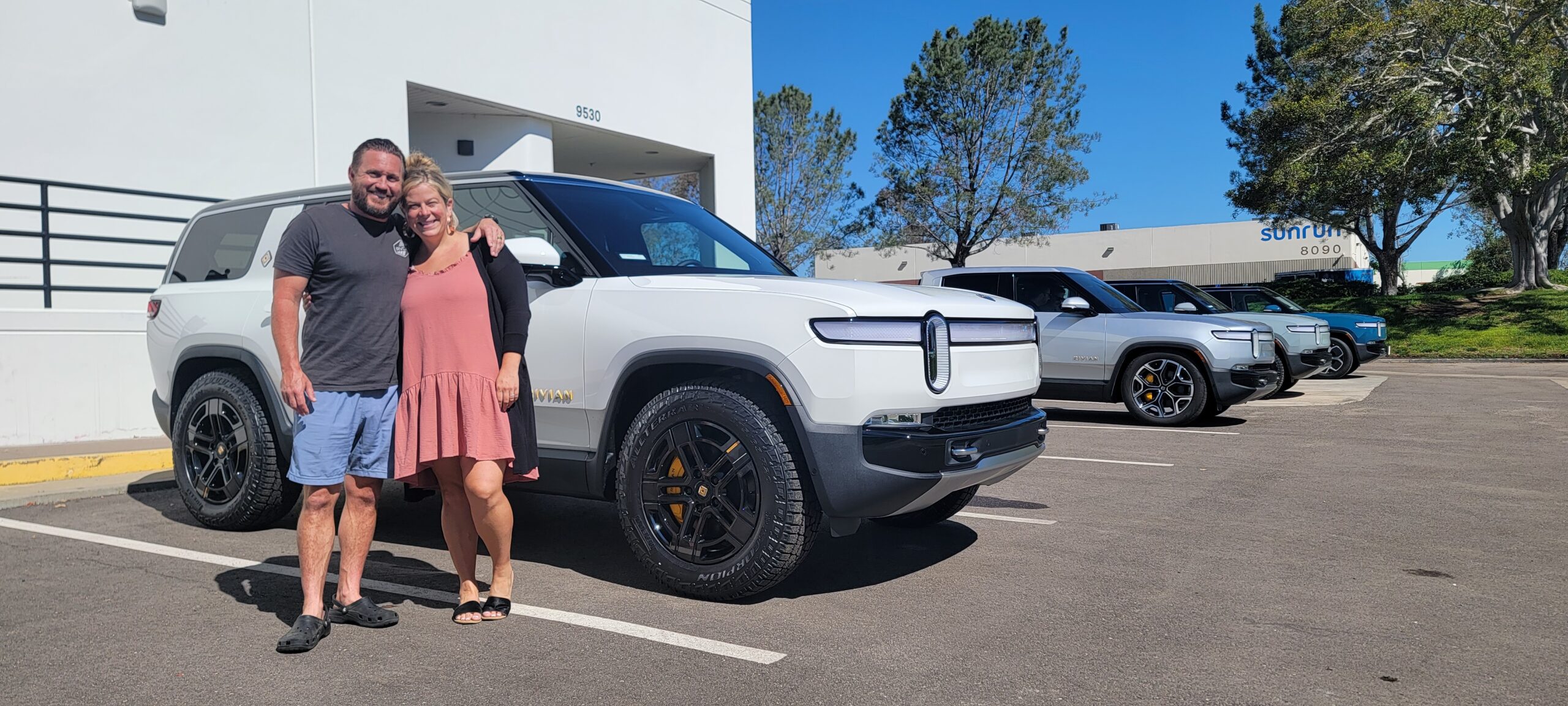The California Air Resources Board’s Technology Symposium held at the South Coast Air Quality Management District offices this past week offered a glimpse into the future of battery electric vehicles from the industry side. Despite the fact that EV technology has grown by leaps and bounds over the past decade, the presentations at the Tech Symposium made it clear that this trend of fast-paced innovation will only increase in the coming years.
Britta Gross, the Director of Advanced Vehicle Commercialization Policy at General Motors, shared GM’s vision for the future of electric vehicles that includes an extensive DC fast charging network and utilizing ride-sharing and car-sharing services to give the experience of riding in and driving electric vehicles to the general public. GM believes that coupling affordable long-range battery electric vehicles like the Bolt with a nationwide DC fast charging network is key to changing the public’s perception of electric cars as range-limited.
Barney Carlson from the Idaho National Laboratory talked extensively about their research into wireless inductive charging. INL claims that wireless inductive charging is within 2% of the efficiency of wired conductive charging, although technical challenges remain in ensuring ground-vehicle coil alignment for maximum efficiency and standardization of charging coils across all vehicle and c harger manufacturers.
harger manufacturers.
Michael Nicholas from the University of California, Davis shared his study into charging habits of EV drivers that looked at the relationship between the cost-benefit of plugging in to free charging and the range of an electric vehicle. He concluded that low-range PHEV drivers (such as plug-in Prius drivers) don’t plug in very often because of the low range recovered per charge; likewise long range BEV drivers (such as Tesla drivers) don’t plug in very often because of their long range batteries. Interestingly, his study found that Volt drivers plug in the most! The first day of the tech review wrapped up with a panel of members from across the industry that discussed the vital important of EV incentives and the need to continue to increase EV sales by sharing the EV experience with more and more Americans.


